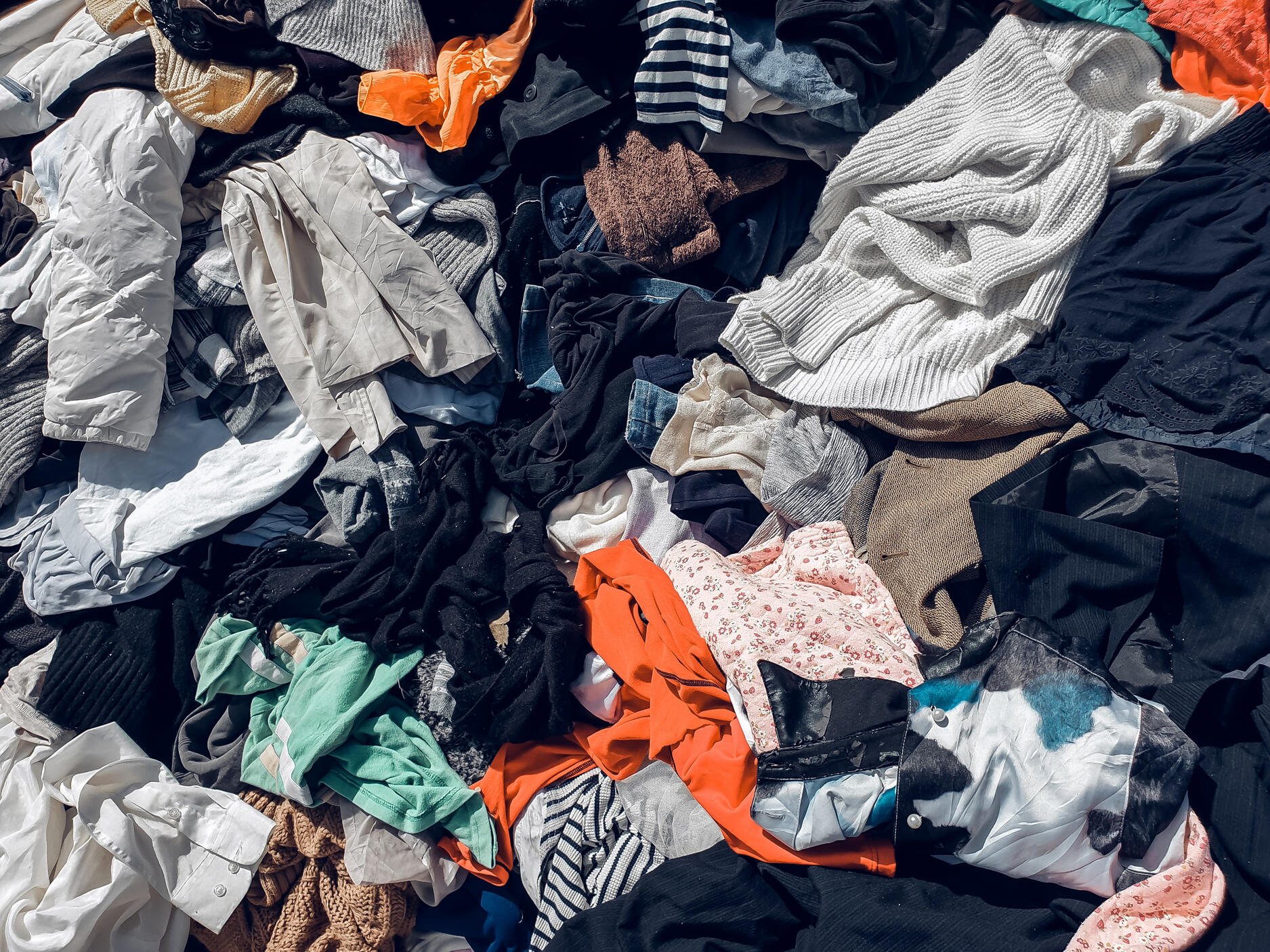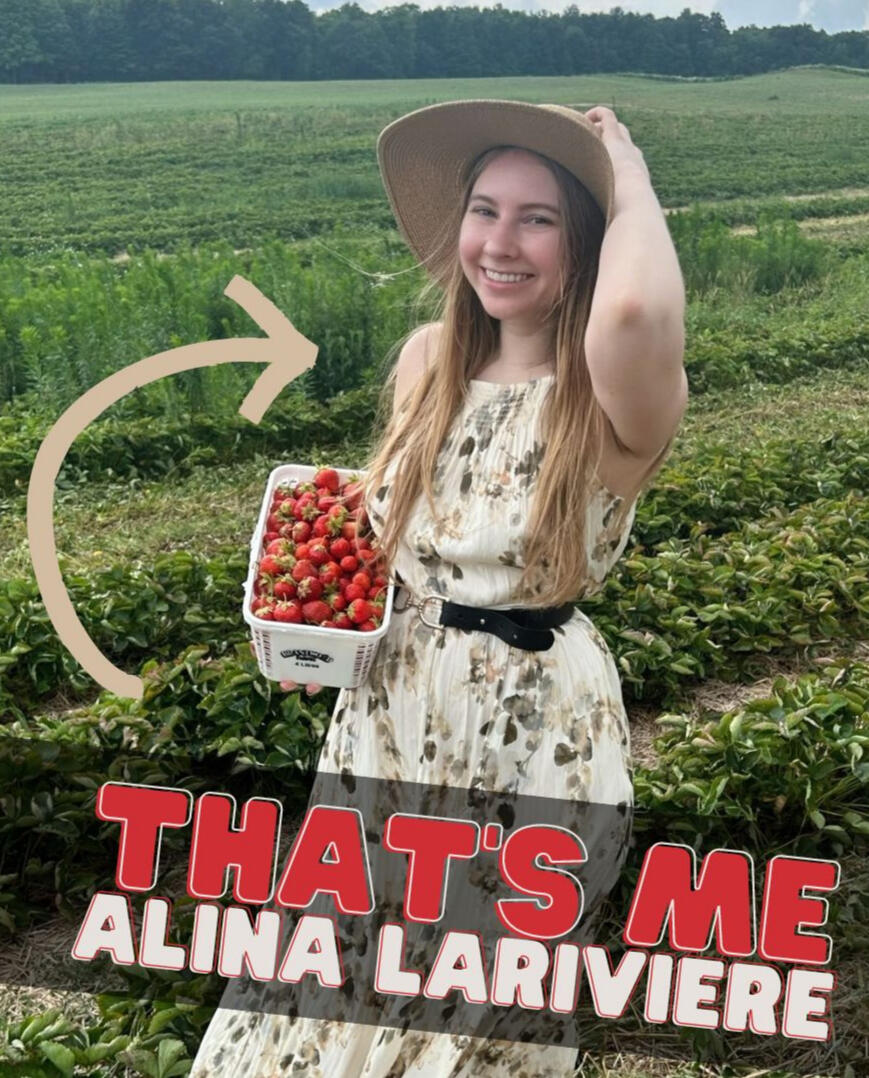A Sizing Story
To revitalize fashion sizing standards
A Sizing Story is a Turtle Island-wide survey of women's measurements in the hopes to discover sizing that fits more women. With better fitting clothing, not only will women feel more comfortable and confident in themselves, but fashion brands will be able to reduce waste by stocking sizes better suited to their audience.


The Problem
Mass-produced clothing doesn't fit most women. Fashion sizing is based off of flawed data from over 60 years ago and built on an hourglass body shape which represents an estimated 8% of women, leaving 92% of women with ill-fitting clothes.Environmental Impact: Many ill-fitting returns and unsold products are destroyed and sent to landfill contributing to fashion's title as the 3rd worst polluting industry.Mental Impact: It doesn't feel good when clothing that looks amazing on the runway, doesn't on you. Ill-fitting clothes can decrease both the comfort and confidence of the people wearing them. As fashion sizing is based off of such a small percentage of people, fitting into those sizes is unachievable for many women. With society placing pressure on women to fit these ridiculous sizing ideals and the stress women place on themselves when they can't, it's no wonder that women struggle with low self-confidence, body dysmorphia, eating disorders and insecurities.
Why Don't Clothes Fit?
1938
The US government funds 2 statisticians, Ruth O'Brien and William Shelton, to conduct a survey into women's sizing, taking 59 different measurements in the search for a standard size.
1958
The National Bureau of Standards developed a sizing system similar to today's using O'Brien and Shelton's data comprised of even sizes 8 - 38, T, R, S for height (tall, regular, short), and + and - for curvier or slimmer hips, resulting in 144 unique sizes. This was reduced from Commercial Standard to Voluntary Product Standard in 1970, and then withdrawn in 1983.
1995
The American Standards for Testing and Materials created a non-mandatory sizing system based on O'Brien and Shelton's data, which supported vanity sizing, reporting size 2 as the smallest size. In future reports, this size 2 was renamed size 00.
2002
The Textile Clothing Technology Corporation surveys 11,000 people in 13 locations using body scanners as "SizeUSA". They report that the hourglass body used for fashion standards only suits 8% of women and that there are at least 9 distinct body shapes for women.
Every recognized sizing standard other than the body scanner survey of SizeUSA was based on O'Brien and Shelton's data from 1939, but there were many issues with this survey.-- Ethnic Disparity: Although women of any ethnicity were measured, only white women's measurements were taken into account during the report.
-- Income Disparity: Women were paid a stipend for participating so a majority of the woman surveyed were of low income.
-- Further Skewed Measurements: The National Bureau of Standards also included measurements from women who served in World War 2, resulting in measurements to be a mix of poorer women and quite fit women.Not only are these measurements from a small group of racial and income bias, they're outdated. People are larger than they were in the 1930s and with 9 different body types, one sizing standard isn't going to fit everyone.
A Sizing story will:
-- Measure women of all ages, ethnicities and incomes across Turtle Island (North and Central America) to gather measurements representing the diversity of all women.
-- Make sizing information accessible to designers allowing for better fitting clothing.
-- Suggest new sizing standards based on an analysis of patterns in the collected data.
-- Create a user-friendly program around this data allowing for target market measurements to be easily searchable.
-- Support a community of women in sharing their own sizing stories and providing resources for brands with sizing for their body type.
A Sizing story hopes to:
-- Help women feel comfortable and confident in their bodies and clothing.
-- Overwrite societal expections of women's bodies to accept all bodies and improve the mental health of women.
-- Revitalize fashion standards to represent a more accurate and diverse picture of women's bodies.
-- Reduce fashion waste by pushing brands to create clothing that better fits their clients and helping them identify these sizes.
-- Create a certification showing that certified brands are using data from A Sizing Story in creating clothing for real women.
and one day...
-- Tackle similar issues in menswear and measure men throughout Turtle Island.
-- Expand to measure people all over the world!

A Sizing story's story
I'm Alina Lariviere, an Anishinaabe and Polish Canadian woman from the community of Nipissing, but raised in Bancroft and Toronto. As someone who has had a hip measurement 15 inches larger than my waist for half my life, I knew that when I started my fashion line, I would need to focus on niche sizing because fashion sizing standards are not it. I'm definitely tired of having jeans with a massive gaping waist in the back. During the O-IACE program, I was pushed to explore what this would look like while building my business model. As I considered measuring women within Toronto, I researched past sizing surveys and the results upset me. Why is there so little recent sizing information available? Why am I limiting myself to only measuring women in Toronto, or helping only one type of woman? It was here that I decided to focus on measuring women all around Canada and that grew to Turtle Island, wanting to start a community of support once realizing how the image of myself has been negatively affected by sizing, and creating an easily accessible and user-friendly sizing results system for designers.I've been blessed in the past couple years to be surrounded by some of the loveliest, most supportive friends and peers who motivated me to release the limits placed upon myself. It's through them that I was able to make it here and for them that I am so excited to continue with A Sizing Story as we kickoff on August 10th, 2024.
Online Sizing Survey
To help decide where to visit and to gain some preliminary data, we have a 5 minute survey for anyone identifying as a woman. It would mean a lot if you could take this survey and share it with your friends. Thank you!
donate/volunteer
Information will be up soon! We'll need volunteers to help with monitoring our community, taking measurements in person, data entry and other administrative tasks. Volunteering your time means contributing to the betterment of fashion sizing, women's mental health and the environment. Your time and efforts are greatly appreciated! Volunteer openings will be updated here and on our socials!Once we have a donation hub set up, we'll let you know!
community
We're currently building the base for our community. In this community women will be able to share their sizing stories and struggles as well as resources for brands they find well suited to their needs. Once our community is up, we'll be sending out an update on our socials, so be sure to follow us there!
Contact
Miigwech!
We'll get back to you as soon as we can!
Text
